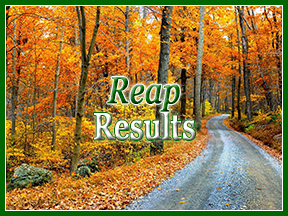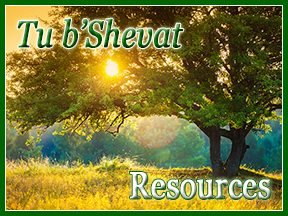 Purim Resources: Many wonderful Purim resources are available to you at no cost.
Purim Resources: Many wonderful Purim resources are available to you at no cost.
As always, the Lookstein Center provides remarkably
in-depth Purim resources.
Gateways is a Jewish Education site which features several Purim resources specifically designed for children with special needs and educational challenges.
The Jewish Agency for Israel offers a comprehensive menu of resources including activities, history and geography, feminist perspectives, a summary of specific Purim customs practiced in different countries, and innovative educational activities.
The National Library of Israel’s Purim resource pack contains historical gems from the time of the British mandate – Purim celebrations, pageants, discounted railway tickets to encourage attendance at holiday festivities, and a somber cancellation of a Purim party due to the Warsaw Uprising. It also features personal insights from a collection of letters home from Jerusalem and activity suggestions.
Click here to read The Masks We Wear – part I
Should your masks need a re-haul or just some tweaking, please reach out to me. Feel free to send me an email or call me at 516.569.8070.
Kol tuv,
Candace Plotsker-Herman


 Five-year-old Bella’s stream of consciousness remarks upon returning home from kindergarten:
Five-year-old Bella’s stream of consciousness remarks upon returning home from kindergarten:  Which leads me to two ideas to share.
Which leads me to two ideas to share. Allow me to share two seemingly related memories:
Allow me to share two seemingly related memories:

 Do you have a question?
Do you have a question? Got matza? Got wine? Got gefilte fish?
Got matza? Got wine? Got gefilte fish?  Parents’ questions will yield:
Parents’ questions will yield: Follow up is key! Of course, you must respond to each query in a personal and timely manner. More important, you need to analyze the queries. The questions may show you areas that need slight tweaking or larger overhauls. Questions may motivate you to open up clearer lines of communications, revamp your Ivrit curriculum, revisit tenure polices, or just pat yourself on the shoulder for an A-plus job. Either way, opening up lines of communications will show parents that you value them.
Follow up is key! Of course, you must respond to each query in a personal and timely manner. More important, you need to analyze the queries. The questions may show you areas that need slight tweaking or larger overhauls. Questions may motivate you to open up clearer lines of communications, revamp your Ivrit curriculum, revisit tenure polices, or just pat yourself on the shoulder for an A-plus job. Either way, opening up lines of communications will show parents that you value them.  It’s Time to Celebrate!
It’s Time to Celebrate! Tu b’Shevat presents many easily implemented opportunities for marketing messages. In fact, this morning, I received a LinkedIn offer for a free poster from Aishdas. I must say that I was quite attracted to its marketing message, “We often complain that we spend so much time on the halachic trees, we lose sight of the forest. Hoping this helps you remember.” Why not take advantage of Tu b’Shevat to publicize how you
Tu b’Shevat presents many easily implemented opportunities for marketing messages. In fact, this morning, I received a LinkedIn offer for a free poster from Aishdas. I must say that I was quite attracted to its marketing message, “We often complain that we spend so much time on the halachic trees, we lose sight of the forest. Hoping this helps you remember.” Why not take advantage of Tu b’Shevat to publicize how you  Resources to Explore
Resources to Explore Tell me a story. Make it a good one!
Tell me a story. Make it a good one!